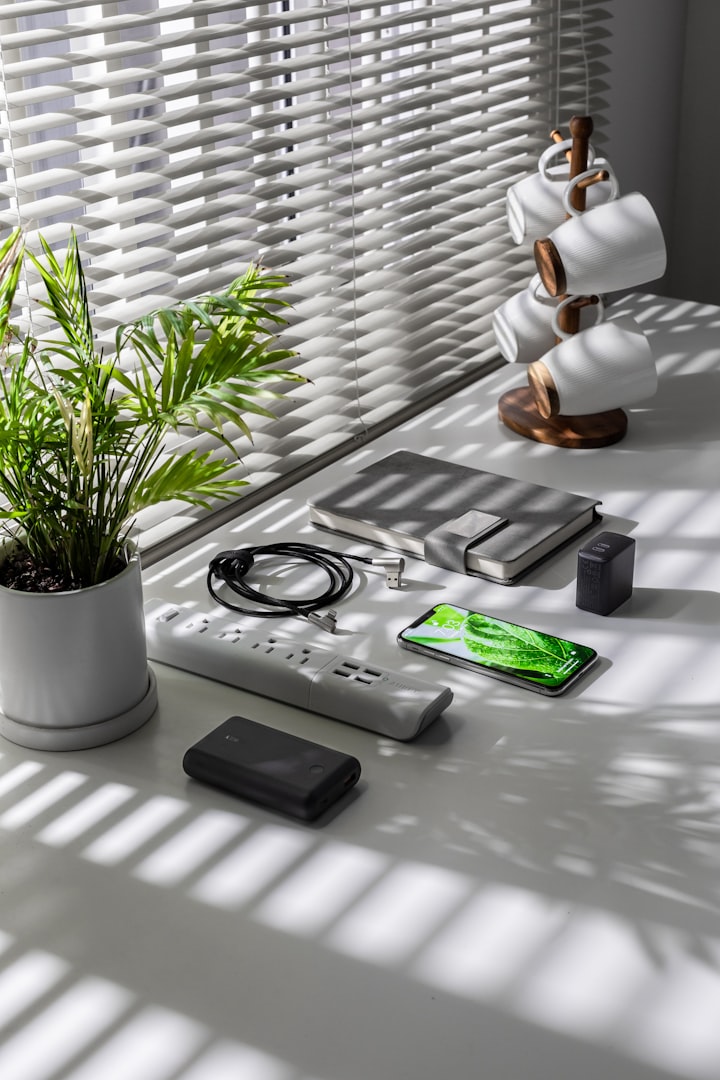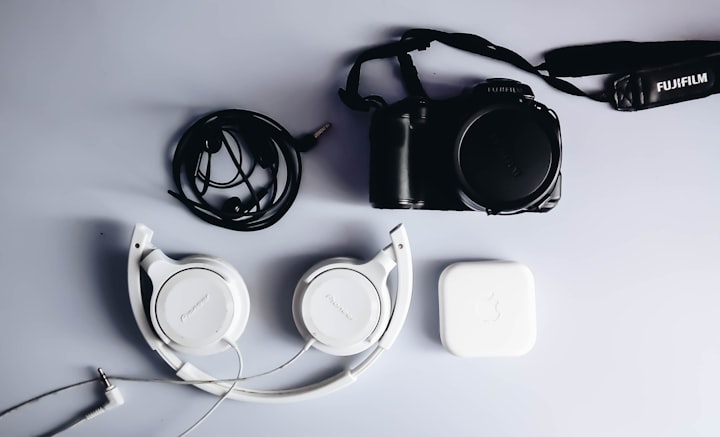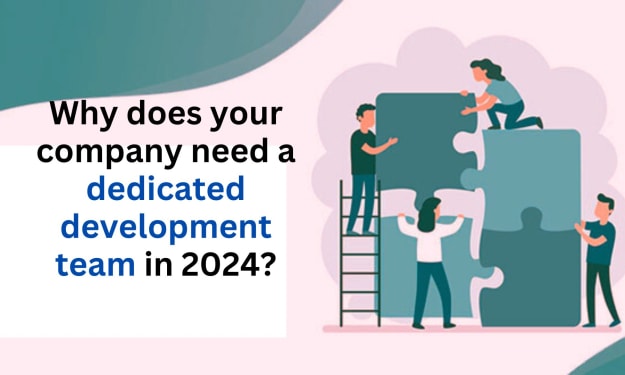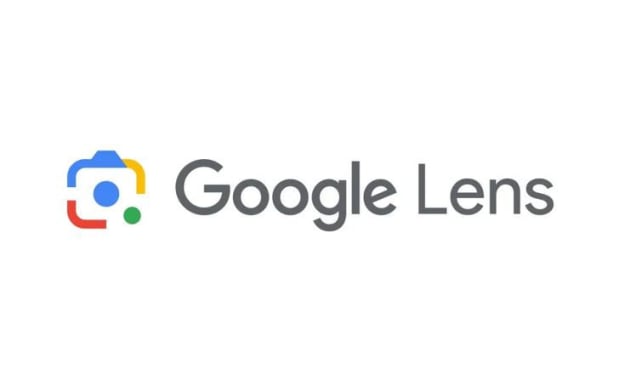The smartphone ad infinitum: are gadgets causing bad eyesight?
Have you noticed that it seems like everyone these days is squinting at their smartphone?

According to experts, the collective strain from the modern way of reading could be the cause of an epidemic of bad eyesight—dubbed by scientists as "Text Neck". While this problem is certainly not new, suffering from it has become unavoidable as smart phones and tablets are ruling the consumer market.
Is spending a lot of hours looking at screens bad for your eyes?
The smartphone ad infinitum: are gadgets causing bad eyesight? Is spending a lot of hours looking at screens bad for your eyes? We asked the experts to find out. By David Robson, BBC Future "The eye is the lamp of the body," goes an old saying. But how many times have you heard someone complain about their tired eyes after a long computer session, or seen people squint at their phone screens in bright sunlight? "My eyesight's getting worse," says my mother-in-law with some concern as she squints at her phone screen over breakfast.
"I'm having trouble reading text messages." She's not alone: according to a recent survey by VSP Global, 32% of respondents said they felt like they had poorer vision than they did five years ago. It's easy to see why people might think this is related to technology usage – particularly smartphones and tablets – because we're now spending so much time using them.
Are blue light-filtering glasses the answer?
Back in the day, when people stared at computer screens, they did so with a backlit monitor or an LCD screen. The light was uniform and didn’t flicker. Today, we stare at smartphone screens all day long — even when we’re not using them to check emails or read documents.
And because our eyes are constantly scanning up and down — as well as side to side — our pupils are dilated all the time. This means that blue light can enter our eyes more easily and cause damage. Blue light-filtering glasses are one option for combating this problem, but there are others too.
Here are some ways you can reduce your exposure to blue light: Use apps that block blue light on your phone or computer screen. These apps do things like block ads (which tend to be full of bright colors) or dimmer the screen brightness when it’s late at night or early in the morning — times when you should be sleeping anyway!
They also allow you to schedule blocks of time where no apps will be able to send notifications, which is great for avoiding distraction-based procrastination!
What about eye exercises?
The smartphone ad infinitum: are gadgets causing bad eyesight? The advent of the smartphone has changed our lives in more ways than one. Our dependence on it is so strong that many of us don’t even remember a life before it. And while it has brought us incredible convenience, we have to wonder if that convenience comes at a price.
What about eye exercises? The question that many people ask themselves is whether our overuse of technology is causing bad eyesight or not. But the answer isn’t as straightforward as it seems. In fact, there’s no real evidence to suggest that digital devices like smartphones and tablets cause permanent damage to our eyesight or vision.
And there’s also no evidence that regular eye exercises can improve your vision or prevent further deterioration of your sight!
Is there anything we can do to avoid digital eye strain?
The smartphone ad infinitum: are gadgets causing bad eyesight? The answer is yes, and the risks are real. The digital era has led to an epidemic of eye strain, with a third of all US jobsites reporting symptoms of digital eye strain. So what’s causing this problem? And how can we avoid it? Digital eye strain Digital eye strain (also known as computer vision syndrome) refers to symptoms that develop from prolonged use of digital devices.
Symptoms include headaches and fatigue, blurred vision, dry eyes and neck pain. These symptoms are caused by repeated exposure to blue light emitted by digital screens. Blue light scatters more easily than other colors in the visible spectrum, so it reaches deeper into your retina than it would if you were looking at a printed page or an analog screen like a television or computer monitor.
Blue light is also more energetic than other colors of light, which means it can stimulate cells in ways that cause them to release chemicals that trigger inflammation and irritation in the eye.
In conclusion
I use my phone all day, every day and my eyesight is 20/20, better than 20 years ago when I was first tested. I do, however, wear glasses at age 45 because of a degenerative condition but not due to electronics. My biggest concern is the effect of a long article on a tablet or phone; my eyes get tired after reading an article online even though it's a computer screen and not another light source directly in front of the eyes.
About the Creator
Claudie Delafosse
📰Hi, I'm Claudie and I write about phones, tech, fashion and more. My work has been featured in Mashable, CNET, Gadgette and more! I live in London 🇬🇧 and I love to travel 🌎
Reader insights
Nice work
Very well written. Keep up the good work!
Top insights
Expert insights and opinions
Arguments were carefully researched and presented
Eye opening
Niche topic & fresh perspectives
On-point and relevant
Writing reflected the title & theme






Comments
There are no comments for this story
Be the first to respond and start the conversation.